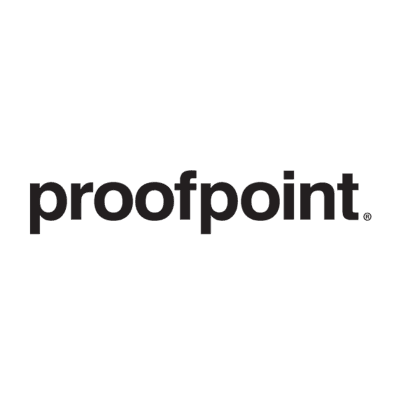Cybersecurity
Cloud
IT
Databricks IP Access List ensures secure workspace access by restricting connections to approved IP addresses.
1. Automatically updating the IP Access List to include new corporate office IPs, ensuring seamless access for employees while maintaining security.
2. Removing IPs of devices reported as compromised or no longer in use, tightening security by preventing potential unauthorized access.
3. Temporarily granting access to external auditors or consultants from specific IPs, then automatically revoking it post-engagement.
4. Automating access for dynamically changing IP addresses of remote employees, ensuring they remain productive without compromising security.
What is Databricks IP Access List?
Databricks IP Access List is about safeguarding sensitive data analytics operations. By curating a list of trusted IP addresses, organizations can effectively shield their Databricks environments from unauthorized access, ensuring that data processing and analytics tasks are conducted within a secure perimeter.
Value Proposition of Databricks IP Access List
The primary value of the Databricks IP Access List lies in its ability to provide robust security measures without compromising the flexibility and scalability inherent to cloud-based data analytics. This balance is crucial for organizations that leverage big data while adhering to strict security and compliance requirements.
Who Uses Databricks IP Access List?
Data scientists, data engineers, and IT security professionals are the primary users of the Databricks IP Access List. These individuals rely on the feature to maintain a secure data analytics environment, enabling them to focus on deriving insights and value from data without the overhead of security concerns.
How Databricks IP Access List Works?
The Databricks IP Access List filters incoming connections based on predefined IP addresses. When a connection attempt is made, the system checks the source IP against the access list; only those connections originating from approved IPs are allowed, enforcing a stringent access control mechanism.

















